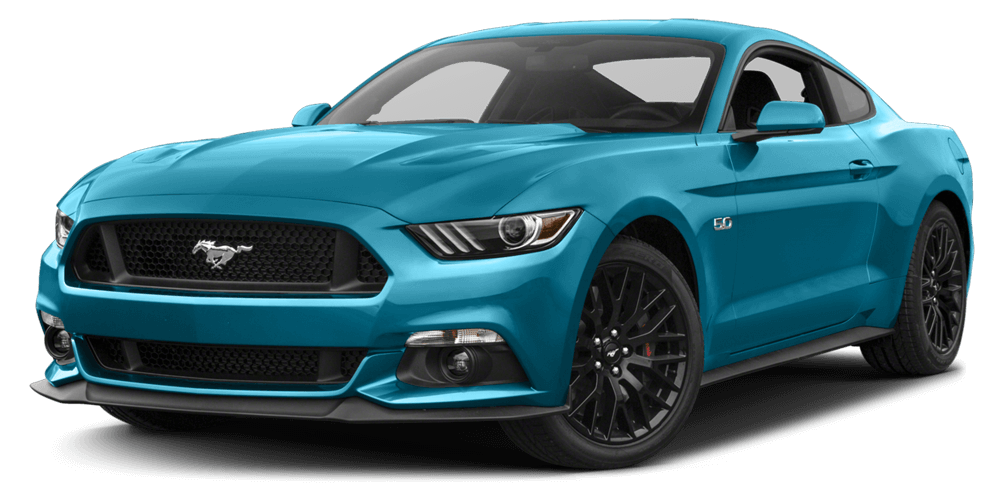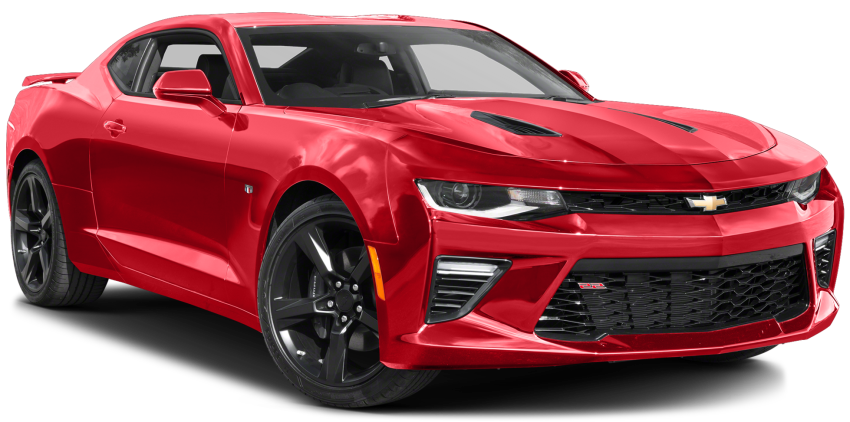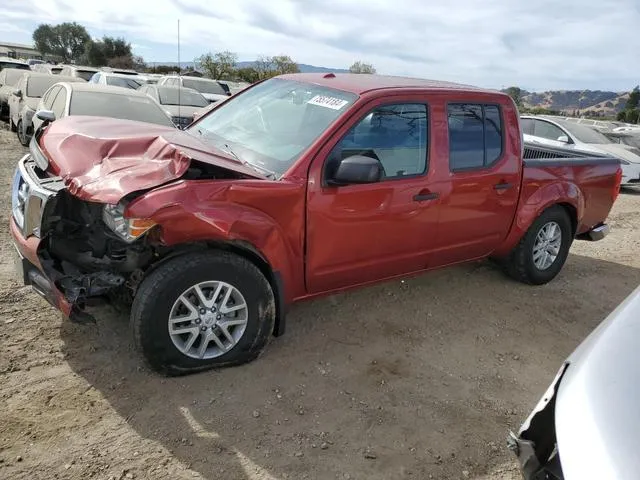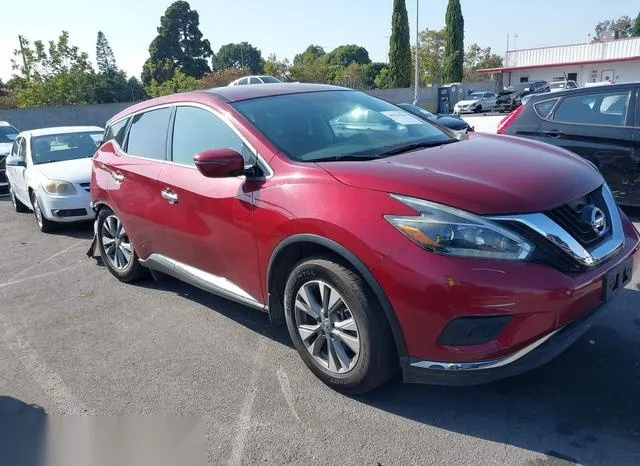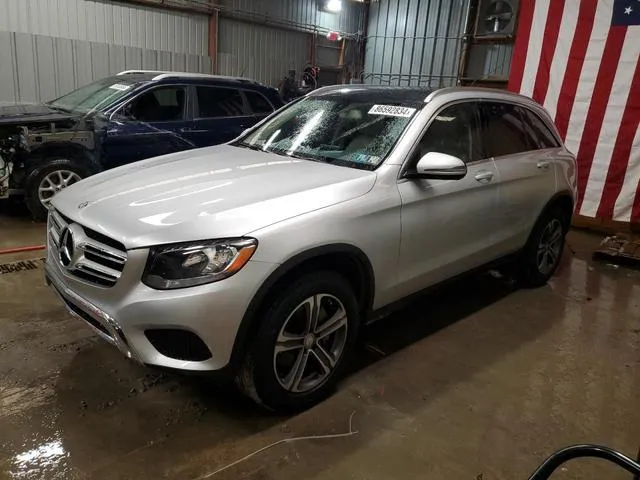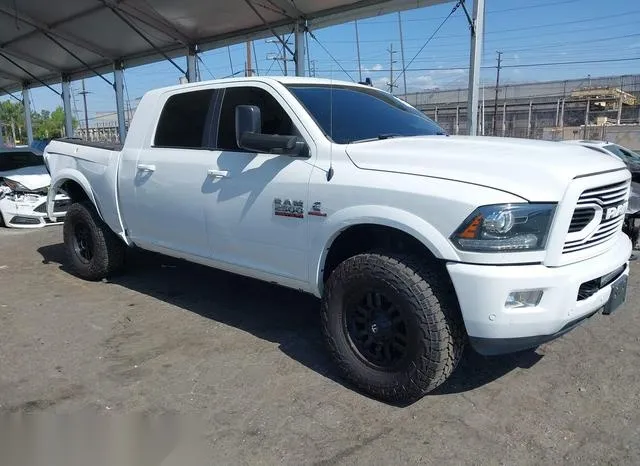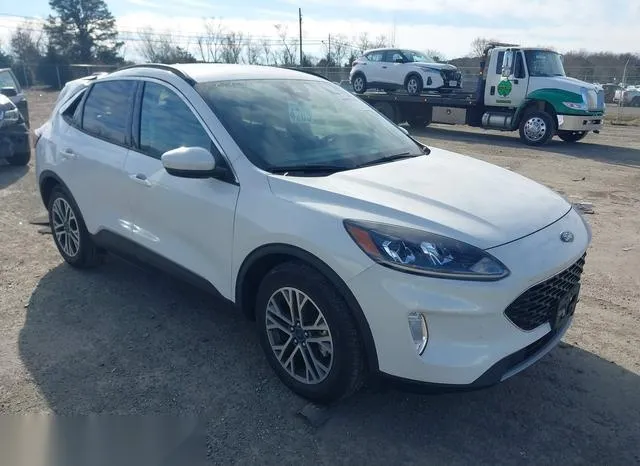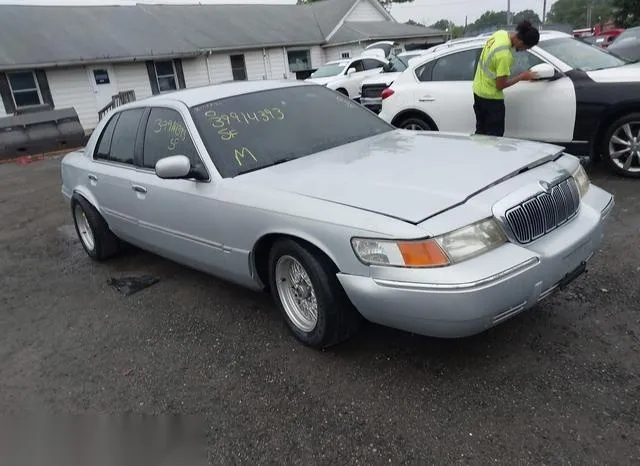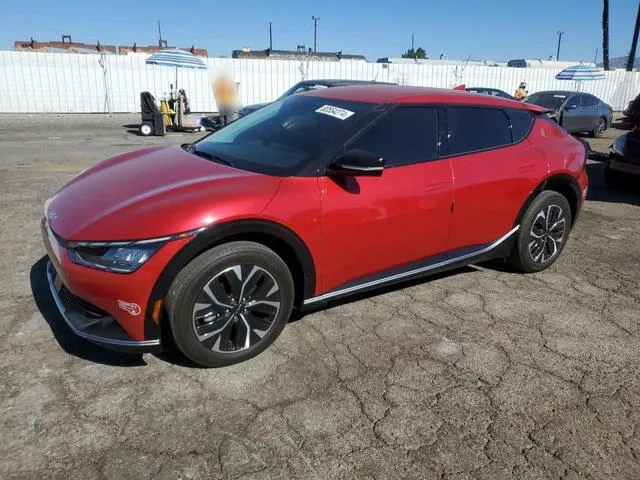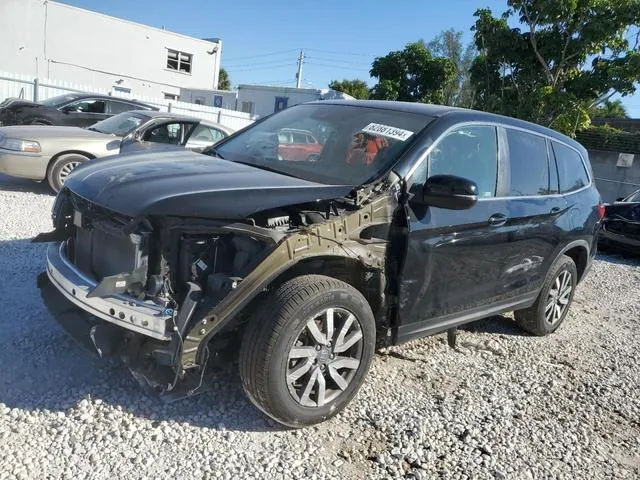The History of Dodge: From the Early Years to Modern Muscle
Dodge is one of America’s most storied car manufacturers, with a rich heritage rooted in innovation, engineering, and performance. Known for producing some of the most iconic muscle cars of all time, Dodge has also excelled in crafting durable trucks and versatile family vehicles. The journey of Dodge is a fascinating one that began over a century ago. This article explores the history of Dodge and highlights each major model produced by the brand, from its inception to the present day.
The Origins of Dodge (1900s-1920s)
The story of Dodge starts with two brothers, John Francis Dodge and Horace Elgin Dodge, who originally entered the automotive industry as suppliers of parts and components. In 1900, the Dodge brothers founded the Dodge Brothers Company in Detroit, Michigan, initially producing engines and other parts for the burgeoning auto industry. One of their biggest clients was Henry Ford, for whom they supplied key components for the early Ford Model T.
By 1914, the Dodge brothers decided to break away from just supplying parts and began producing their own vehicles under the Dodge Brothers name. Their first car, the Dodge Model 30, was introduced in 1914. It was a major innovation at the time, featuring an all-steel body, which made it more durable than many of its competitors. The Model 30 also offered features like a 12-volt electrical system and a sliding-gear transmission, which were considered cutting-edge in the automotive world.
| Model | Years of Production | Description |
|---|---|---|
| Dodge Model 30 | 1914-1927 | The first car produced by Dodge Brothers, known for its all-steel body, advanced technology, and reliability. |
Dodge Becomes a Major Player (1920s-1930s)
The 1920s saw Dodge rapidly becoming one of the most popular car brands in the United States. After the unexpected deaths of both Dodge brothers in 1920, the company was sold to Dillon, Read & Co. in 1925 and then to Chrysler Corporation in 1928. Under Chrysler, Dodge continued to innovate and grow. During the late 1920s and early 1930s, Dodge cars became known for their reliability, ruggedness, and affordability, appealing to a wide range of American consumers.
The Dodge Brothers Legacy Continues
In the late 1920s, Dodge introduced a line of trucks that quickly gained popularity due to their durability. The Dodge trucks were particularly useful for construction, farming, and heavy industry, making them essential to American life during this era.
| Model | Years of Production | Description |
|---|---|---|
| Dodge Brothers Truck | 1921-1930s | The early line of trucks that helped Dodge establish a reputation for producing tough, dependable commercial vehicles. |
The Muscle Car Era (1960s-1970s)
By the 1960s, Dodge began to shift its focus to high-performance vehicles, capitalizing on the growing muscle car trend in the United States. This era brought some of the most iconic models in the brand’s history, including the Dodge Charger and the Dodge Challenger, both of which became synonymous with American muscle cars. These models were characterized by their powerful engines, bold styling, and performance capabilities that thrilled car enthusiasts.
Dodge Charger
First introduced in 1966, the Dodge Charger quickly became a symbol of the muscle car era. The Charger was known for its fastback design and powerful engine options, including the legendary 426 HEMI V8. The Charger gained further fame through its appearances in popular culture, most notably in the TV show *The Dukes of Hazzard* and the film *Bullitt*.
| Model | Years of Production | Description |
|---|---|---|
| Dodge Charger | 1966-Present | One of Dodge's most iconic muscle cars, featuring a fastback design and powerful engine options, including the 426 HEMI. |
Dodge Challenger
The Dodge Challenger, introduced in 1970, was another muscle car icon that offered an array of high-performance engines, including the HEMI V8. Designed to compete with the Ford Mustang and Chevrolet Camaro, the Challenger became a hit thanks to its aggressive styling and powerful engines. The 1970 Dodge Challenger R/T remains a highly sought-after collectible car.
| Model | Years of Production | Description |
|---|---|---|
| Dodge Challenger | 1970-Present | A classic American muscle car known for its powerful engines and stylish design. The Challenger remains a key part of Dodge's lineup today. |
The 1980s and 1990s: Innovation and Expansion
In the 1980s, Dodge shifted gears again, focusing on more compact and fuel-efficient cars in response to the oil crises of the previous decade. This led to the development of models like the Dodge Aries and the Dodge Omni. These smaller cars helped Dodge survive a difficult period in the American auto industry. However, Dodge did not abandon its performance roots. In 1992, Dodge introduced the Viper, a high-performance sports car that became an instant legend.
Dodge Viper
The Dodge Viper was a supercar that captured the imagination of car enthusiasts worldwide. It was introduced in 1992 and featured an 8.0L V10 engine that produced massive amounts of horsepower and torque. The Viper’s aggressive styling and raw performance made it one of the most iconic American sports cars of the 1990s.
| Model | Years of Production | Description |
|---|---|---|
| Dodge Viper | 1992-2017 | An American supercar powered by a massive V10 engine, known for its aggressive styling and track-ready performance. |
Dodge in the 21st Century: Return to Muscle
In the early 2000s, Dodge embraced its muscle car heritage with the reintroduction of modern versions of the Charger and Challenger. These new models combined retro styling with modern technology, delivering both high performance and comfort. The Challenger and Charger became central to Dodge's brand identity as the company focused on high-performance vehicles.
Modern Dodge Charger
The reintroduced Dodge Charger debuted in 2006 as a four-door sedan, blending muscle car performance with family car practicality. With powerful engine options, including the Hellcat variant that produced over 700 horsepower, the Charger continued to push the limits of performance sedans.
| Model | Years of Production | Description |
|---|---|---|
| Dodge Charger (Modern) | 2006-Present | A performance-oriented sedan with a range of powerful engines, including the Hellcat with over 700 horsepower. |
Modern Dodge Challenger
The modern Dodge Challenger, introduced in 2008, stayed true to its muscle car roots with its retro-inspired design and powerful engine lineup. The Challenger has become a favorite among car enthusiasts, especially with its high-performance variants like the Hellcat and Demon, which produce mind-boggling amounts of horsepower.
| Model | Years of Production | Description |
|---|---|---|
| Dodge Challenger (Modern) | 2008-Present | A modern muscle car with retro styling, offering high-performance versions like the Hellcat and Demon that produce over 700 horsepower. |
Conclusion
Dodge’s journey from a small automotive supplier to one of the most iconic American car manufacturers is a testament to its ability to adapt, innovate, and stay true to its roots. Whether through pioneering engineering in the early 20th century or producing some of the most powerful muscle cars in automotive history, Dodge has remained a symbol of American performance and resilience. As the brand continues to evolve in the face of changing automotive technologies, one thing remains certain: Dodge will always be synonymous with power, performance, and innovation.



